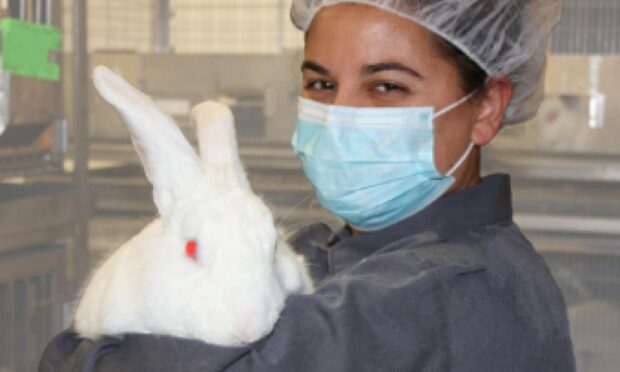When Greg Krug was a student at Delaware Valley University, he learned about the connection between animal science and biological products for humans and animals. He identified unmet needs in the life science industry and had a vision how to partner with animals in a humane, socially responsible way. Dealing with living things can present challenges, but it is through the help of strategic mentors such as people like Craig Tarler, Dr. James Diamond, Dr. Jack Emerson, and others, that Greg met these challenges and opportunities that helped with the founding of Lampire Biological Labs.
As the CEO then and today, he has built the company on the premise to get it right the first time every time. Lampire is a multifaceted company that has continued to grow and evolve but has always stayed true to their passion of high quality in-vivo research.
Lampire is a privately held, international, life science company that produces biological reagents and raw materials that are shipped worldwide and used across many applications, including those in the diagnostic, pharmaceutical, biotechnology, environmental, drug discovery, and the cosmetic industries.
It is a thriving company that employs over 150 team members and manages over 600+ acres spanning multiple laboratories and farms. Lampire houses more than 5,000 animals representing over 20 species. Lampire employs animal and laboratory technicians with extensive experience and training in their respective fields.
Lampire specializes in custom polyclonal and monoclonal antibody development and contract manufacturing. They manufacture secondary antibodies, IgGs, BSA, animal blood, tissues & organs, normal and disease state human serums and plasmas, and the OMNI C3 cell culture bag. Lampire’s technical support services include free antigen review and design, peptide synthesis, purification, custom conjugation, and immunoassay development.
At our February meeting, Greg and his colleagues unpacked what all of this means to and for the layperson.

